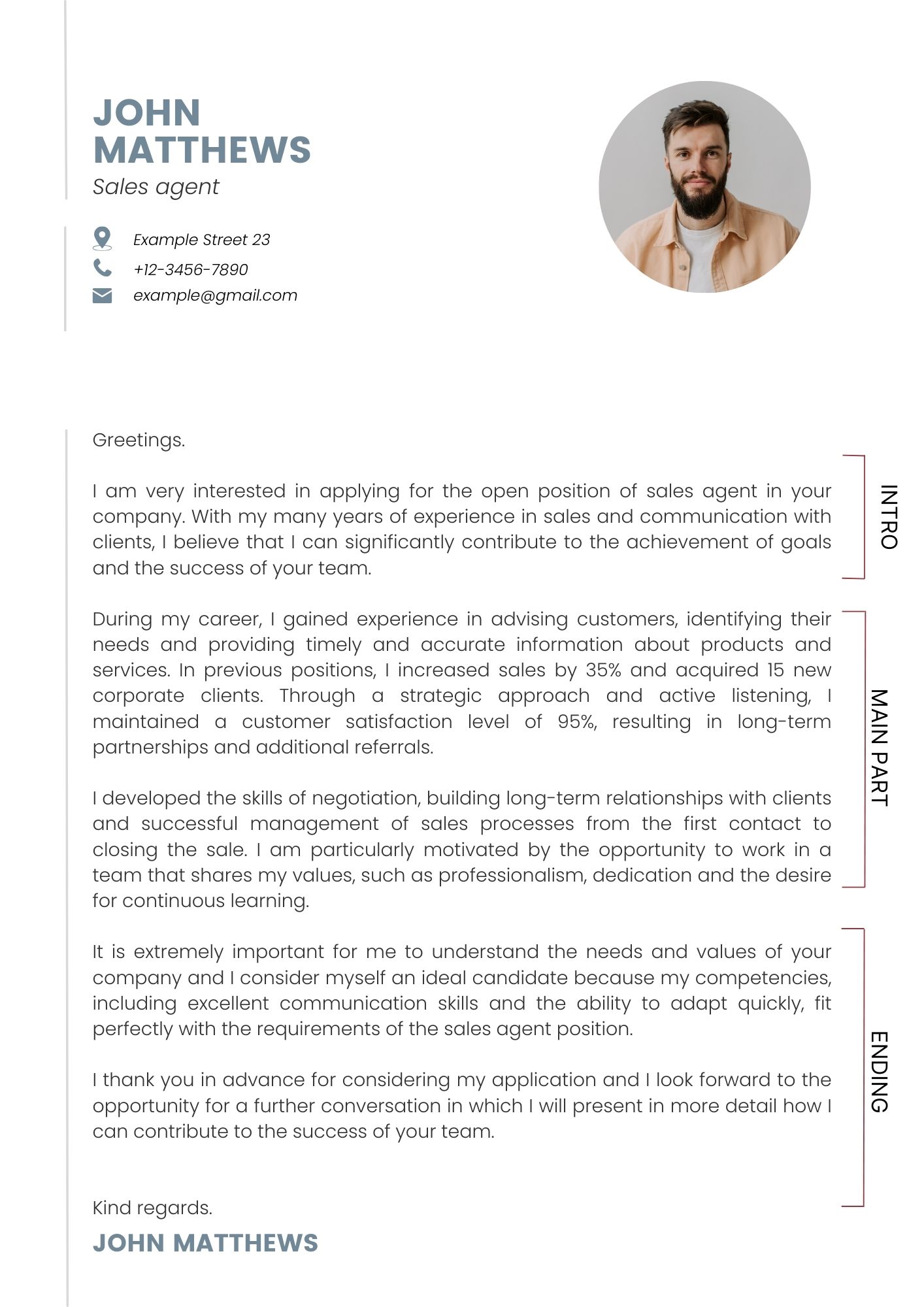
Job application: how to write a motivational cover letter?
Applying for a new job can be a challenging task, especially if you’re unsure about what exactly to include and how to stand out among other candidates. Alongside a resume, employers often expect a cover or motivational letter alongside a job application, where candidates present their skills, experience, and motivation for a specific position.
Below, we provide helpful tips for writing an effective cover or motivational letter to make a great first impression on the employer.
5 tips for an effective motivational cover letter
A motivational letter is the first step to creating a positive impression on an employer. It shows your interest in the position, competencies, and desire to join their team. Although there are many ways to approach writing a motivational letter, following a few key tips is crucial.
Tailor the motivational letter to the job posting
Every motivational letter should be specifically tailored to the job in question. Research the company well, get familiar with its values and culture, and highlight how your skills and experiences meet their requirements.
Be careful not to use general phrases, as employers quickly recognize these.
Keep your motivational letter to the right length
A motivational letter should not be too long. The goal is to hold the employer’s attention while presenting key information about your qualifications. The optimal length is one page, but ensure it’s well-structured and easy to read.
Avoid grammatical errors
Before sending your motivational letter, check for grammatical errors and spelling. A professional and correct tone demonstrates your attention to detail and seriousness in applying.
Use free tools, such as Grammarly, to check for mistakes.
Highlight your strengths
In a few sentences, clearly and concisely explain why you are the ideal candidate for the position. Mention relevant experiences, education, or skills that make you stand out from other candidates.
Don’t send generic motivational letters
Generic motivational letters that seem copied for various positions may suggest that you’re not genuinely interested in this specific role. Employers appreciate your effort and attention.
If you want to make an even stronger impression, use tools like Canva to design your letter, where you can choose professional templates to emphasize your qualifications and personality visually.
Motivational letter example
As shown in the example below, a motivational letter should have three parts:
Introduction
Start the motivational letter with a clear title and a brief introduction.
In the introduction, state the position you’re applying for and a few sentences on why this role interests you.
Main body of the motivational letter
In the main section, present your work experiences, relevant projects, and skills you’ve developed throughout your career.
Provide specific examples and results. For example, instead of saying, "I have experience leading a team," say, "I led a five-member team on a product development project, increasing sales by 20% in six months."
Conclusion
End the motivational letter by thanking the employer for their time and expressing your desire to participate in the selection process. Provide your contact details and encourage the employer to reach out for more information.

Why do employers still insist on motivational letters?
Nowadays, more candidates use social media, like LinkedIn, to apply for jobs, and employers often look for information through online profiles and portals.
This raises the question: are motivational letters outdated?
While job application methods have evolved, the motivational letter remains an essential tool in the hiring process and in capturing employers' attention. It reflects your ability to communicate, think critically, and understand the demands of the position you’re applying for.
A professionally written motivational letter for any job position will always be an asset, especially for roles requiring strong communication skills.
Looking for a job?
Explore current job openings and find the right fit for you.



